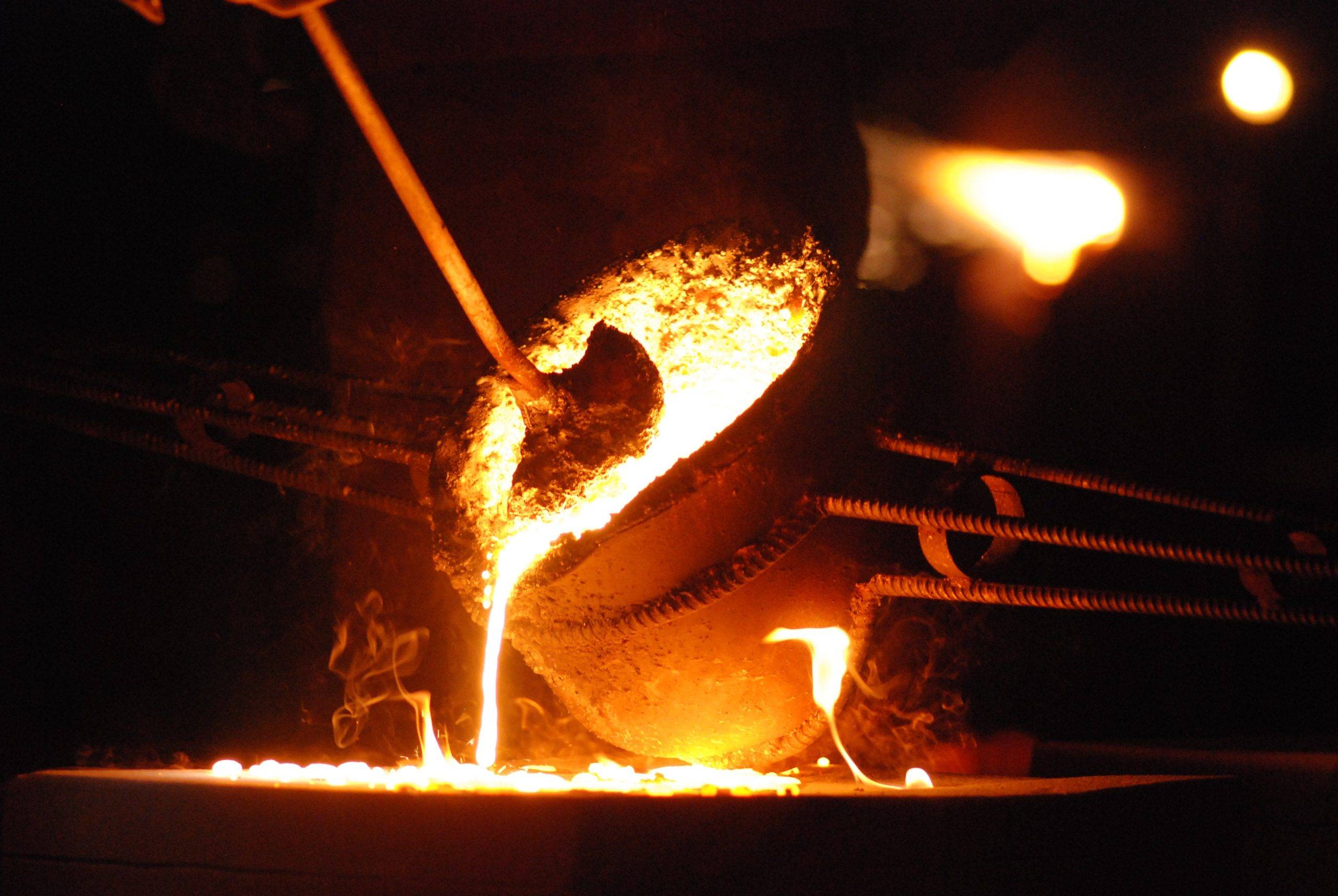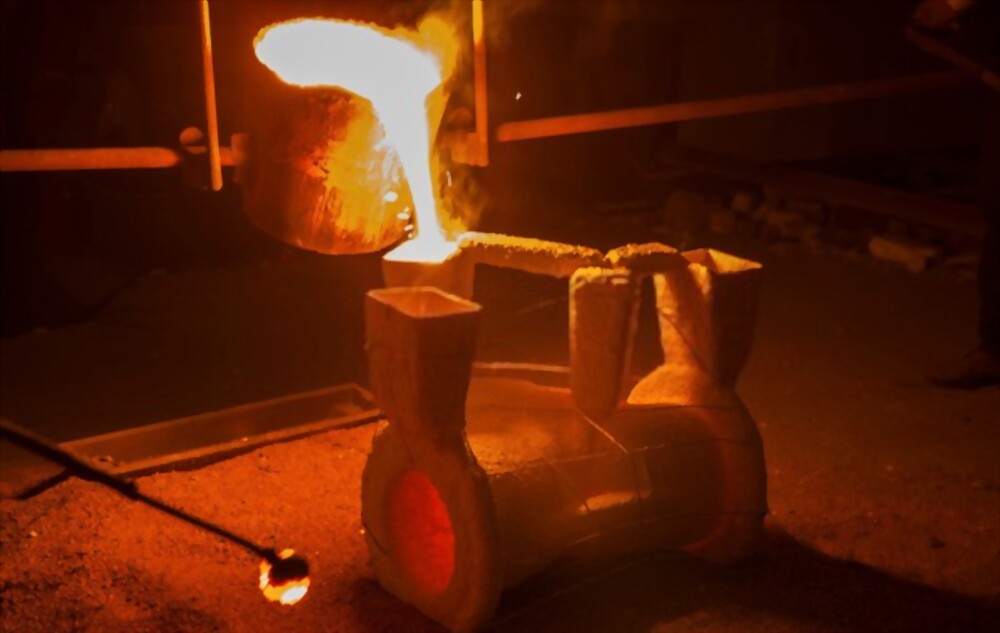- Home
- Our Capabilities
Casting
We are a distinguished Casting Parts Manufacturer in India, producing premium quality casting parts for various industries like Railway transportation, Pump and Valve Industries, and Heavy and General Engineering Industries.
We are equipped to perform any casting process with our sister concern casting unit, we follow Sand Mold Casting, Shell Mold Casting, Investment Casting, and other required processes with high accuracy.
Our casting unit has the facilities of a Melting Furnace, Mold Handling Equipment, Pouring Equipment, and die-making facilities.


Sand Mold Casting
Shell Mold Casting
Shell mold casting is a metal casting process similar to sand casting, in that molten metal is poured into an expendable mold. However, in shell mold casting, the mold is a thin-walled shell created by applying a sand-resin mixture around a pattern.
Shell mold casting process following these steps:
Pattern creation
A two-piece metal pattern is created in the shape of the desired part, typically from iron or steel.
Mold creation
The heated pattern partially cures the mixture, which now forms a shell around the pattern. Each pattern half and surrounding shell is cured to completion in an oven and then the shell is ejected from the pattern.
Mold assembly
The two shell halves are joined together and securely clamped to form the complete shell mold. If any cores are required, they are inserted prior to closing the mold. The shell mold is then placed into a flask and supported by a backing material.
Pouring
The mold is securely clamped together while the molten metal is poured from a ladle into the gating system and fills the mold cavity.
Cooling
After the mold has been filled, the molten metal is allowed to cool and solidify into the shape of the final casting.
Casting removal
After the molten metal has cooled, the mold can be broken and the casting removed. Trimming and cleaning processes are required to remove any excess metal from the feed system and any sand from the mold.
Investment Casting
For precision results in the casting process, we use this method to produce precision products using the casting process, a manufacturing process in which a wax pattern is used to shape a disposable ceramic mold.
Advantages of Investment Casting
- Extremely complex shapes and intricate features can be cast as a single piece.
- Lost was casting has excellent dimensional accuracy and tighter tolerance.
- Compare to other processes this method can achieve an excellent surface finish

